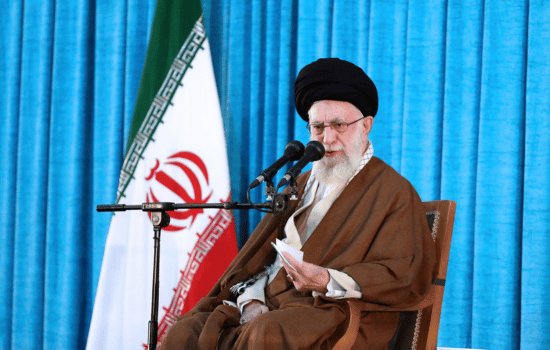Iran and the Houthi in Yemen (2019)
Since the Islamic Revolution in 1979, Iran has been acting in any way possible to promote its interests in the Middle East, including the expansion of its sphere of influence within the Shiite communities, whom it has been able to harness to its needs. The Arab Spring revolts provided a great opportunity for Iran. Its Iranian Revolutionary Guards Corps – al-Quds Force (IRGC-QF) units leveraged the civil unrests, revolts and the chaos that ensued to expand its activity within the region. This document analyzes Iran’s activities via the IRGC in Yemen and is the first in a series of papers analyzing Iran’s involvement, as well as that of its branches and proxies, in the Middle East.
Iran has a variety of interests in Yemen manifesting themselves through direct and indirect involvement in the civil war that has been ravaging the country since April 2015. The war waged between the Houthi (Zaidi Shi’a Muslims supported by Iran) and the Sunni regimes (supported by an Arab Sunni coalition led by Saudi Arabia and the UAE) is another link in a chain of civil wars that has been part of life in Yemen since its inception. The Kingdom of Saudi Arabia (“KSA”) is directly involved in the fight against the Houthis, similar to its involvement in the previous round of hostilities between August 2009 and February 2010. The novelty in the current round is the formation of an Arab Sunni coalition led by KSA and the UAE, with assistance of Egypt, Jordan, Sudan and others.
The Iranian support for the Houthis was limited at first however as KSA stepped in and the formation of the above coalition in 2015 changed the playing field. KSA hoped that its active involvement will hasten the cease of hostilities but in reality, the chaos just grew. The Yemenite population split into sectorial entities that struggled to find common ground that will help sustain the existence of a state. Moreover, the civil war has led to a severe humanitarian crisis and tens of thousands of casualties, many of which are a result of coalition attacks (per reports published by the UN in 2018)[1]. On that note, this round of hostilities also gave rise to the child fighter phenomenon. The UN report reveals that over one third of the child fighters joined the Houthi forces who managed to recruit thousands of children.[2]






